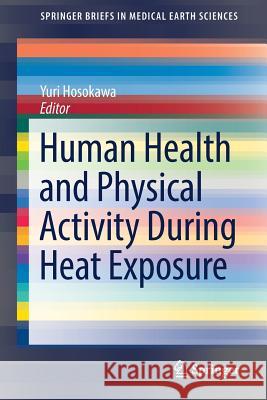Human Health and Physical Activity During Heat Exposure » książka
topmenu
Human Health and Physical Activity During Heat Exposure
ISBN-13: 9783319758886 / Angielski / Miękka / 2018 / 116 str.
Kategorie:
Kategorie BISAC:
Wydawca:
Springer
Seria wydawnicza:
Język:
Angielski
ISBN-13:
9783319758886
Rok wydania:
2018
Wydanie:
2018
Numer serii:
000829183
Ilość stron:
116
Waga:
0.21 kg
Wymiary:
23.5 x 15.5
Oprawa:
Miękka
Wolumenów:
01
Dodatkowe informacje:
Wydanie ilustrowane











